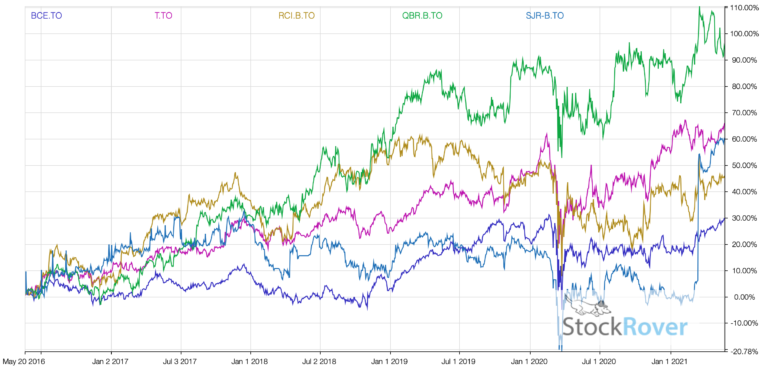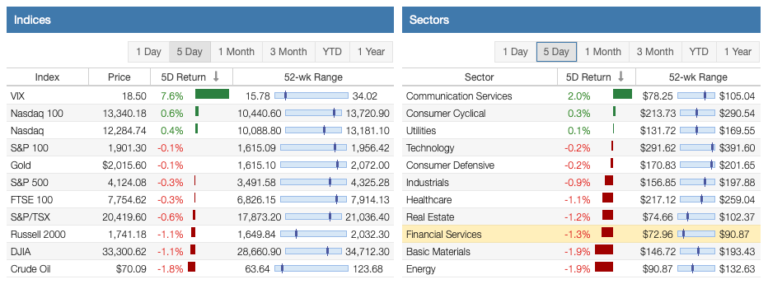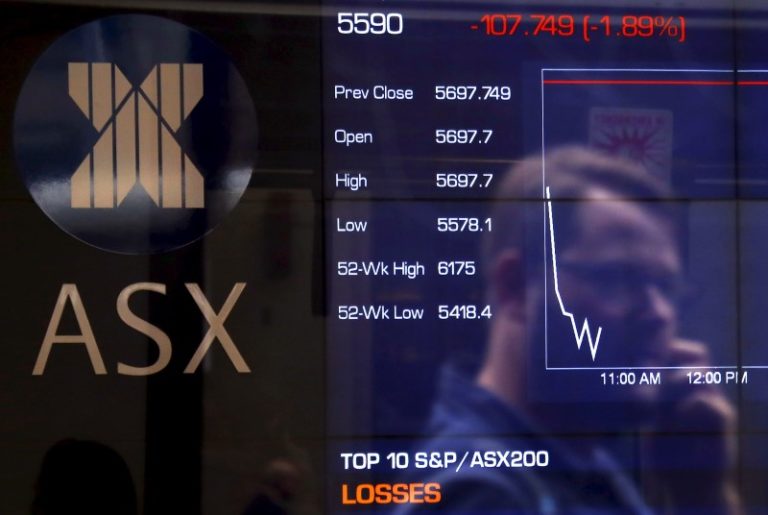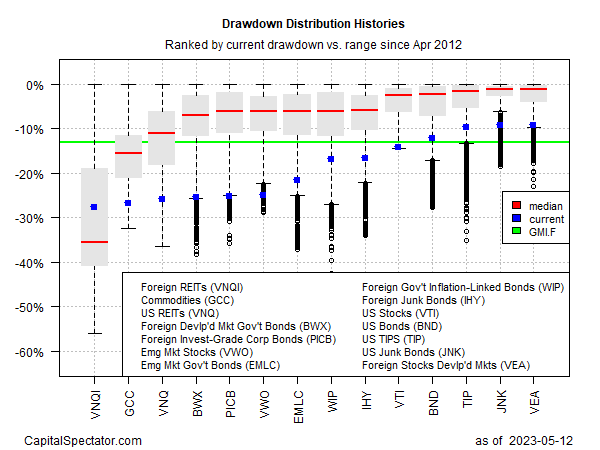
Finding Low Risk Dividend Stocks
A stock with a high yield doesn’t mean much if the dividend is cut or eliminated, and the stock price declines significantly. Sometimes it is desirable to accept higher risk for a higher yield. Other times we may be accepting higher risk and are not being adequately compensated for the additional risk. What can we do to help gauge the risk of an individual stock?
In my dividend database I track over 200 stocks, with most having a minimum of 10 years of historical information. This data is gathered from various sources deemed reliable. Most data is generic and can be pulled from various internet sites. I then combine this information into metrics that I consider relevant in determining the stocks ability to sustain and grow its dividend.
Risk is one of the key factors I look at. Risk can have as many definitions as the number of people you ask to define it. Ultimately, we are trying to access how likely is it that something bad will or will not happen. As a quantitative first pass, I consider the following factors:
Dividend Increase Risk (R)
One important metric in accessing the likelihood of future dividend increases is past performance. The logic here is the longer a company raises its divided, the more committed it is to dividend increases and is less likely to stop unless dire financial circumstances dictate it. I use the following criteria to assign the A, B or C risk rating:
– A is assigned to companies that have increased their dividends for more than 25 years (numeric value of 1).
– B is assigned to companies that have increased their dividends for 15-25 years (numeric value of 2).
– C is assigned to companies that have increased their dividends for less than 15 years (numeric value of 3).
Quality of Dividend Increases (Q)
In determining the quality of the dividend, I look at the company’s financial quality by focusing on Free Cash Flow payout and Debt to Total Capital. I assign a 1, 2 or 3 Quality Rating based on:
– 1 is assigned to companies if their Free Cash Flow Payout % is less than 60% and if their Debt to Total Capital is less than 45%.
– 2 is assigned to companies if the sum of their Free Cash Flow Payout % plus their Debt to Total Capital is less than 100%.
– 3 is assigned to companies if the sum of their Free Cash Flow Payout % plus their Debt to Total Capital is greater than 100%.
Current Price vs. Calculated Price (P)
As part of my quantitative analysis, I calculate a “Buy Below” price. If the current price is within plus or minus 10% of the calculated price then this portion of the calculation is assigned a value of 1 (low risk). Results between plus or minus 10% but less than 20% is assigned a value 2 (medium risk), while anything plus or minus 20% or greater is assigned a 3 (high risk).
Dividend Yield (Y)
Dividend yield is an indication of market sediment, and often an early warning for a troubled stock. In this portion of the calculation, the current yield is compared to predetermined levels and a risk value is assigned. Currently, I am assigning a 1 (low risk) to yields less than 5%, a 2 (medium risk) to values from 5% to less than 8% and a 3 (high risk) for values 8% and greater. The predetermined levels are purely arbitrary and subject to future calibration.
Some might argue that it is “normal” for certain industries to pay out a higher yield, such as 10%. However, I think that “normal” higher yield could be indicative of the implicit higher risk of that industry. Blue water shipping (ocean going) would be an example of this. Also, certain industries, such as utilities, tend to sustain a higher yield due to their lack of growth opportunities.
Putting It All Together
My Risk Rating is calculated by averaging the four numeric values above, as such:
(R + Q +P +Y)/4 = Risk Rating
This calculation will yield values between 1 and 3. I divided this range into thirds and assigned an overall rating based on this table:
– 1.00 to less than 1.67 = Low Risk
– 1.67 to less than 2.34 = Medium Risk
– 2.34 to 3.00 = High Risk
Stock Stats
Based on recent calculations, below are several stocks with a low risk rating of 1.25, or below:
Aflac Incorporated (AFL) provides supplemental health and life insurance in Japan and the U.S. Products are marketed at work sites and help fill gaps in primary coverage. The company has paid a cash dividend to shareholders every year since 1973 and has increased its dividend payments for 40 consecutive years. Yield: 2.5%
Cincinnati Financial Corp. (CINF) is an insurance holding company that primarily markets property and casualty coverage. It also conducts life insurance and asset management operations. The company has paid a cash dividend to shareholders every year since 1954 and has increased its dividend payments for 62 consecutive years. Yield: 2.8%
3M Co. (MMM) provides enhanced product functionality in electronics, health care, industrial, consumer, office, telecommunications, safety & security and other markets via coatings, sealants, adhesives and other chemical additives. The company has paid a cash dividend to shareholders every year since 1916 and has increased its dividend payments for 64 consecutive years. Yield: 4.7%
Realty Income Corporation (O) is an equity real estate investment trust that owns, develops and manages retail real estate, primarily single tenant buildings throughout most of the U.S. The trust is also among a handful of REITS that pay monthly dividends. The company has paid a cash dividend to shareholders every year since 1994 and has increased its dividend payments for 28 consecutive years. Yield: 4.9%
There are other factors that can affect the risk of an individual stock such as industry, geopolitical factors, technology, et. al. Needless to say, all these must be considered as we make our decision to buy or sell a stock.
Full Disclosure: Long CINF, AFL, MMM, O, in my Dividend Growth Stocks Portfolio.
Related Articles
– 4 Dividend Stocks For A Confident And Secure Future
– To Infinity and Beyond!
– 6 Dividend Growth Stocks With A Low P/E
– Rising Dividends = Rising Returns
– High-Yield, High-Return Investments To Increase Income While Waiting On Dividend Growth
Tags: CINF, AFL, MMM, O,
Published at Mon, 07 Nov 2022 23:00:00 -0800





